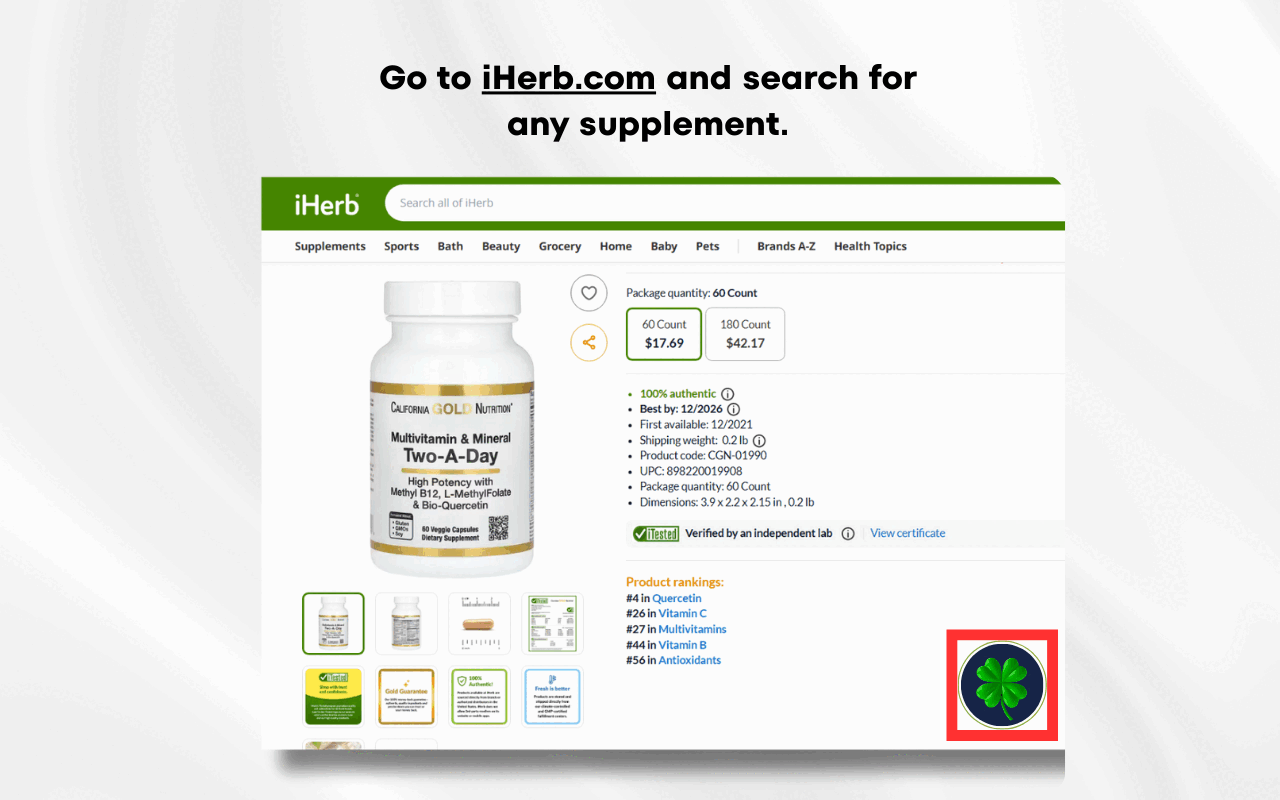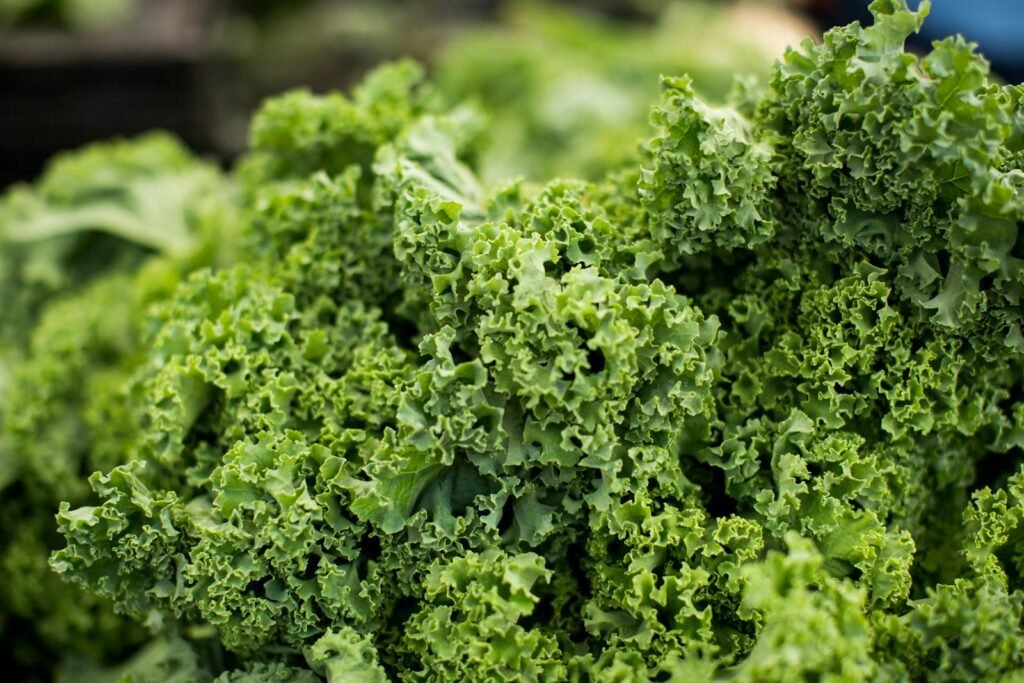 Char Beck
Char BeckWhy Calcium Is So Important for Your Health
When we think about strong bones, one mineral almost always comes to mind—calcium. This essential nutrient helps build and maintain healthy bones and teeth and plays a big role in how our hearts, muscles, and nerves function. But did you know many people aren’t getting enough calcium in their daily diets?
According to the Harvard Health Publishing, calcium deficiency can silently sneak up on you, leading to issues like bone loss, osteoporosis, and even an increased risk of fractures as you age. That’s why it’s crucial to make calcium a daily priority—no matter your age.
So, how can you boost your calcium intake naturally without relying heavily on supplements? Simple: by incorporating more calcium-rich foods into your everyday meals.
Let’s dive into the foods that can help fortify your bones naturally and deliciously.

Dairy: The Classic Calcium-Rich Food Group
When it comes to calcium, dairy products are among the most familiar sources. They’re not just traditional—they’re efficient.
Here are a few powerhouse dairy picks:
- Milk: Just one 8-ounce glass of cow’s milk can offer about 300 mg of calcium.
- Yogurt: A single serving of plain, low-fat yogurt can deliver more than 400 mg of calcium.
- Cheese: Especially hard cheeses like Parmesan, which can contain over 300 mg of calcium per ounce.
If you’re lactose intolerant or simply prefer plant-based options, don’t worry—there are still plenty of ways to get your daily dose.
Non-Dairy Calcium Sources You’ll Love
Fun fact: Some plant-based foods can rival dairy in calcium content. Here’s a look at just a few:
- Fortified plant milks: Almond, soy, oat, and rice milks often have as much calcium as cow’s milk (sometimes even more!)
- Tofu: When prepared with calcium sulfate, tofu can pack up to 350 mg per serving.
- Dark leafy greens: Vegetables like kale, collard greens, and bok choy are calcium all-stars. (Spinach, while nutritious, has compounds that make its calcium harder to absorb.)
Next time you’re meal planning, think about combining some of these for a tasty, bone-boosting dish. A tofu stir-fry with bok choy and sesame seeds? Yes, please!

Photo courtesy of Pexels.com

iHerbWizard analyzes your age, gender, and lifestyle factors to provide personalized feedback.
Start your 30-day free trial now!
Don’t Forget the Surprising Calcium Sources
Believe it or not, calcium isn’t limited to milk and greens. Some foods might surprise you with their calcium content—making it easier than ever to meet your daily goal.
Here are some sneaky sources you might already have in your pantry:
- Canned fish with bones: Think sardines and salmon. The bones are soft and edible after canning, and they’re jam-packed with calcium.
- Fortified cereals: Many breakfast cereals are fortified with calcium—check the label and choose one low in sugar.
- Oranges and orange juice: While oranges themselves offer a little calcium, many brands of orange juice are fortified with a hefty amount.
- Almonds: A handful contains about 75 mg of calcium, not to mention healthy fats and fiber.
Adding just a few of these items into your diet creates a ripple effect—not only boosting bone health but also adding variety and flavor to your meals. (Who says healthy eating has to be boring?)
How Much Calcium Do You Really Need?
That depends on your age. According to the National Institute of Arthritis and Musculoskeletal and Skin Diseases:
- Children (4–8 years): 1,000 mg/day
- Teens (9–18 years): 1,300 mg/day
- Adults (19–50 years): 1,000 mg/day
- Women 51+ and men 71+: 1,200 mg/day
Tracking these numbers might sound like a chore, but trust us—it’s easier than it seems once you know where to look for calcium-rich choices.

Photo courtesy of Pexels.com
Tips to Boost Calcium Absorption Naturally
Eating calcium-rich foods is one thing. Making sure your body absorbs all that goodness? That’s the other half of the puzzle.
Here are a few smart strategies to help your bones get the most benefits:
- Pair calcium with vitamin D: Your body uses vitamin D to absorb calcium. Spend time outdoors for natural sunlight, or eat vitamin D-rich items like fatty fish, egg yolks, or fortified foods.
- Watch caffeine and soda intake: Too much caffeine or soda—especially those with phosphoric acid—can interfere with calcium absorption.
- Spread your intake throughout the day: Your body absorbs calcium more efficiently in smaller doses. Instead of getting it all at once, try consuming calcium-rich foods with each meal.
Putting It All Together: A Sample Day
Wondering what a calcium-rich day could look like? Here’s a quick example:
Breakfast: Fortified cereal with almond milk + fresh orange slices
Lunch: Kale salad with almonds, chickpeas, and grated parmesan
Snack: Low-fat yogurt or a handful of almonds
Dinner: Baked salmon with steamed broccoli and brown rice
Hungry yet?
Start Strengthening Your Bones Today
Strong bones aren’t built overnight, but every meal is a chance to give your body the nutrients it needs. By adding calcium-rich foods into your daily routine, you’re investing in a healthier future—one bite at a time.
Remember, it’s not just about surviving the day—it’s about thriving for years to come.
If you’ve been skipping out on calcium-rich foods, it’s never too late to start. Whether it’s enjoying a yogurt parfait in the morning, snacking on almonds, or sipping fortified plant milk, small changes really do add up.
Take this as your sign to start nourishing your bones naturally—your future self will thank you.













